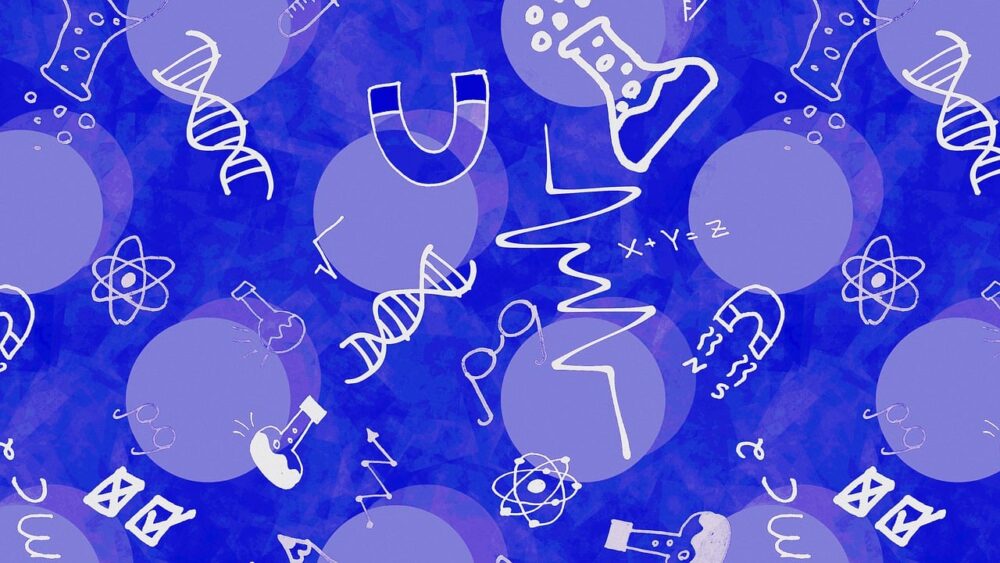Science has always moved in cycles. This can be observed with the seismic shifts that have governed science’s arrow of progress. Whether it be the Industrial Revolution or Darwin’s theory of evolution, these disruptions have set science on a new path. However, it appears these eruptions have been eroded, with the amount of these disruptions experiencing a significant decrease. In one sense, this may seem strange considering the abundance of technological progress that has come out of just the past 20 years. Yet, just because there is development does not necessarily mean it is disruptive or innovative.
A paper authored by researchers from the University of Minnesota and the University of Arizona attempts to measure and find the extent of this phenomenon. First, the researchers point to some evidence showing the slowdown of innovative activity. These factors include studies documenting declines in productivity in the fields of semiconductors and pharmaceuticals, fields whose trends can extend to other areas; papers and patents being less likely to connect different fields of knowledge show areas are only sticking to conventionally used knowledge. An increasing gap between the year of discovery and awarding of the Nobel Prize suggests that past research has made more of a mark at its time.
Researchers explain possible causes for the slowdown with one theory stating that the “low-hanging fruit” or most available innovations have already been made or discovered, and therefore the number of innovations left is substantially lower. Another theory states that the burden of knowledge for scientists has grown substantially, meaning that the amount of training before one can begin to publish innovative research is higher than ever. Despite these theories, the researchers state that much is unknown. For example, it is unknown if the slowdown is occurring in only certain fields or just a few individual fields. Also, it is unknown whether overall markers of the trend conceal individual innovation. To solve this, the researchers used a citation-based textual analysis involving 25 million papers and 3.9 million patents to observe science’s change in disruptiveness.
To create their methodology, the researchers rely on the impact of individual papers. Some papers cement scientific progress, while others disrupt it. In this sense, a paper can be important, but not necessarily disruptive. To rectify this, the authors reason that if a paper is disruptive, then subsequent work will be less likely to cite its predecessors. For example, a modern paper about DNA would most likely cite James Watson and Francis Crick’s paper about the double helix but would be less likely to cite Linus Pauling’s paper about the triple helix due to the disruptive nature of the former paper.
To quantize this phenomenon, the researchers created the CD index, which used an equation to model if a paper causes its predecessors to have fewer citations over a period of five years. In this sense, a paper with a high CD index would have more subsequent papers citing it as opposed to its predecessors, and vice versa for a paper with a low CD index. Besides just the CD index, the researchers measured disruptiveness in terms of linguistic change, or new words introduced. In terms of the CD index, the changes were drastic. While the CD index previously trended towards the mid-ranges, it dropped to almost zero. This means that papers went from almost always causing their predecessors to gain fewer citations to papers being cited moderately while their predecessors continued to rack up the majority of citations. In terms of language diversity, both papers and patents experienced large decreases, meaning they stick to only featuring the same few words.
In examining these results, the authors came to the conclusion that researchers are using narrower portions of knowledge and concentrating on a few specific areas. The researchers also dismiss the “low-hanging fruit” hypothesis, believing that easy discoveries wouldn’t be weeded out at similar rates in different fields. Another possible explanation is that the current state of academia is actively stifling disruptive research, instead producing repetitive research due to an increase in professional academics attempting to preserve their jobs.
Regardless of the reason, the trend described in this paper is concerning to scientists. Although technology continues to advance rapidly, these advances have the potential to slow down if the disruptiveness in science continues to decrease. As important as building on the past is, disruption allows scientists to examine what they know from a fresh perspective and achieve results never thought possible.
Image courtesy of Pixabay
